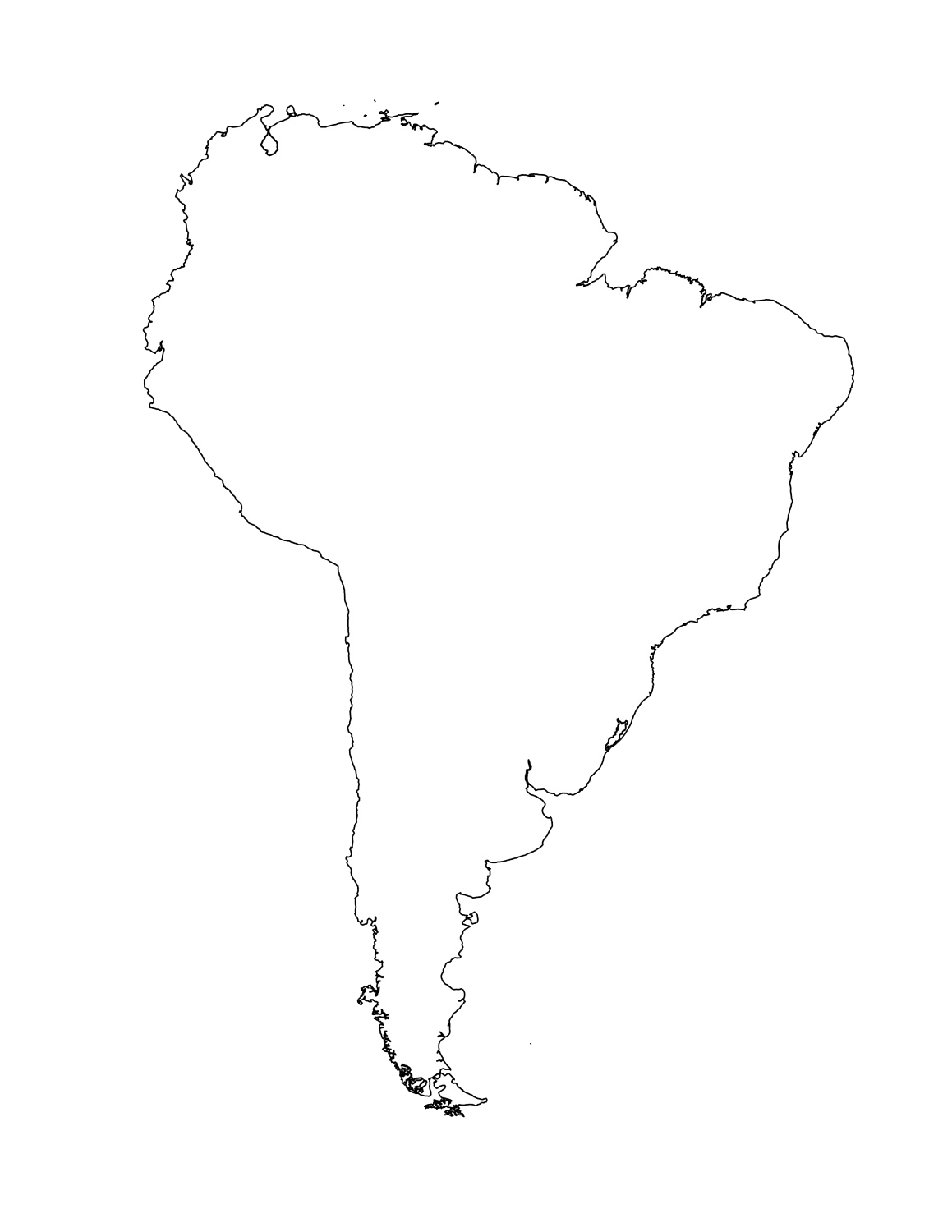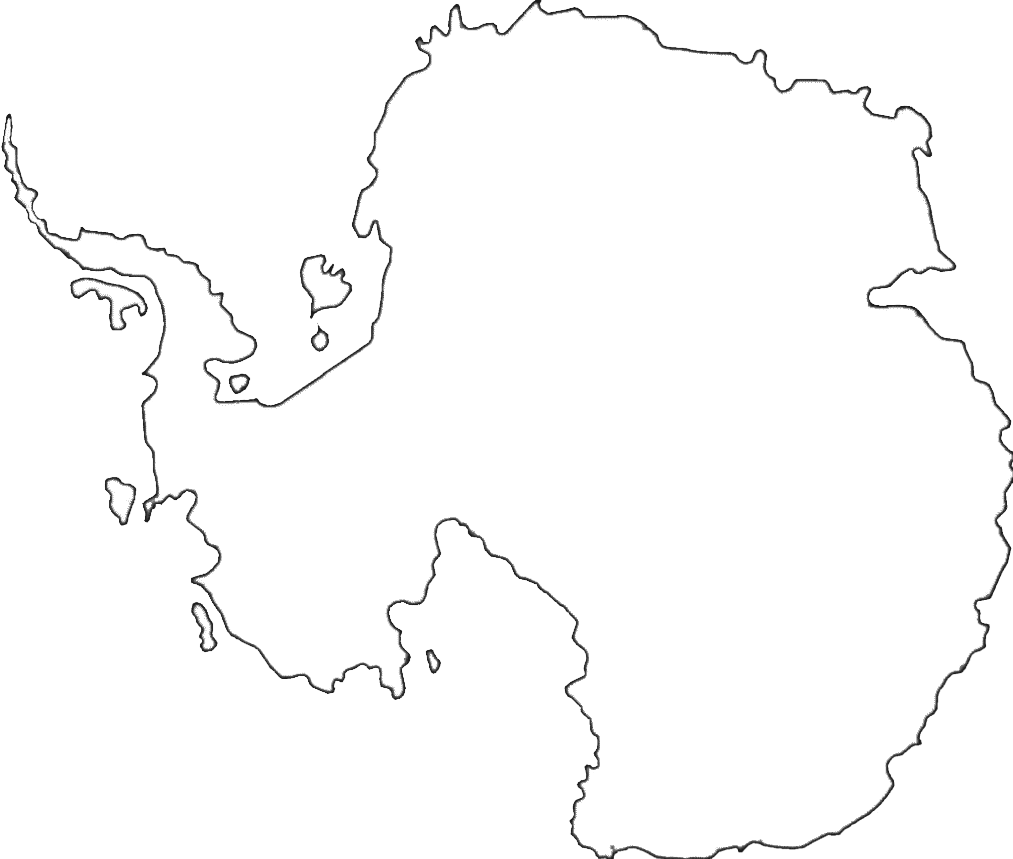
France

France |

France |

Francia |

Francia |

フランス |
Republic
Bicameral Parliament or Parlement consists of the Senate or Senat (348 seats - 328 for metropolitan France and overseas departments and regions of Guadeloupe, Martinque, French Guiana, Reunion, and Mayotte, 2 for New Caledonia, 2 for French Polynesia, 1 for Saint-Pierre and Miquelon, 1 for Saint-Barthelemy, 1 for Saint-Martin, 1 for Wallis and Futuna, and 12 for French nationals abroad; members indirectly elected by departmental electoral colleges using absolute majority vote in two rounds if needed for departments with 1-3 members and proportional representation vote in departments with 4 or more members; members serve 6-year terms with one-half of the membership renewed every 3 years) and the National Assembly or Assemblee Nationale (577 seats - 556 for metropolitan France, 10 for overseas departments, and 11 for citizens abroad; members directly elected by absolute majority vote in two rounds if needed to serve 5-year terms)
Three equal vertical bands of blue (hoist side), white, and red; known as the "Le drapeau tricolore" (French Tricolor), the origin of the flag dates to 1790 and the French Revolution when the "ancient French color" of white was combined with the blue and red colors of the Parisian militia; the official flag for all French dependent areas

|
"La Marseillaise"
(The Song of Marseille) |
Gallic rooster, fleur-de-lis, Marianne (female personification)
National colors: blue, white, red |
President Francois HOLLANDE (since 15 May 2012)
|
-
no official date of independence: 486
(Frankish tribes unified under Merovingian kingship)
10 August 843
(Western Francia established from the division of the Carolingian Empire)
14 July 1789
(French monarchy overthrown)
22 September 1792
(First French Republic founded)
4 October 1958
(Fifth French Republic established)
-
Fete de la Federation, 14 July (1790); note - although often incorrectly referred to as Bastille Day, the celebration actually commemorates the holiday held on the first anniversary of the storming of the Bastille (on 14 July 1789) and the establishment of a constitutional monarchy; other names for the holiday are Fete Nationale (National Holiday) and quatorze juillet (14th of July)
|
ADB (nonregional member), AfDB (nonregional member), Arctic Council (observer), Australia Group, BDEAC, BIS, BSEC (observer), CBSS (observer), CE, CERN, EAPC, EBRD, ECB, EIB, EITI (implementing country), EMU, ESA, EU, FAO, FATF, FZ, G-5, G-7, G-8, G-10, G-20, IADB, IAEA, IBRD, ICAO, ICC (national committees), ICCt, ICRM, IDA, IEA, IFAD, IFC, IFRCS, IGAD (partners), IHO, ILO, IMF, IMO, IMSO, InOC, Interpol, IOC, IOM, IPU, ISO, ITSO, ITU, ITUC (NGOs), MIGA, MINURSO, MINUSMA, MINUSTAH, MONUSCO, NATO, NEA, NSG, OAS (observer), OECD, OIF, OPCW, OSCE, Pacific Alliance (observer), Paris Club, PCA, PIF (partner), Schengen Convention, SELEC (observer), SPC, UN, UNCTAD, UNESCO, UNHCR, UNIDO, UNIFIL, Union Latina, UNMIL, UNOCI, UNRWA, UNSC (permanent), UNTSO, UNWTO, UPU, WCO, WFTU (NGOs), WHO, WIPO, WMO, WTO, ZC |
Paris
48 52 N, 2 20 E
UTC+1
PARIS 10.843 million
Lyon 1.609 million
Marseille-Aix-en-Provence 1.605 million
Lille 1.027 million
Nice-Cannes 967,000
Toulouse 938,000
|
|
27 regions (regions, singular - region)
Alsace, Aquitaine, Auvergne, Basse-Normandie (Lower Normandy), Bourgogne (Burgundy), Bretagne (Brittany), Centre, Champagne-Ardenne, Corse (Corsica), Franche-Comte, Guadeloupe, Guyane (French Guiana), Haute-Normandie (Upper Normandy), Ile-de-France, Languedoc-Roussillon, Limousin, Lorraine, Martinique, Mayotte, Midi-Pyrenees, Nord-Pas-de-Calais, Pays de la Loire, Picardie, Poitou-Charentes, Provence-Alpes-Cote d'Azur, Reunion, Rhone-Alpes |
















































